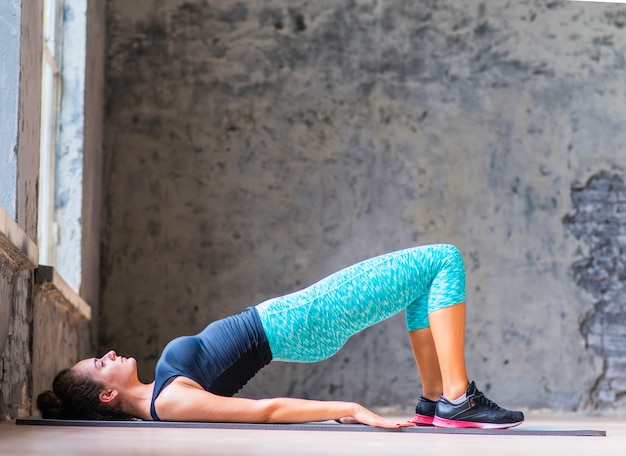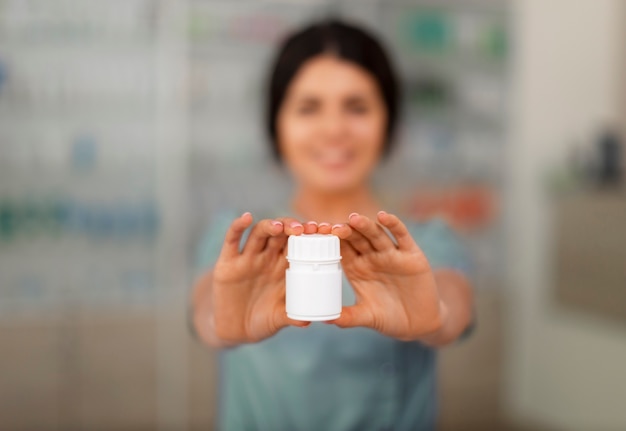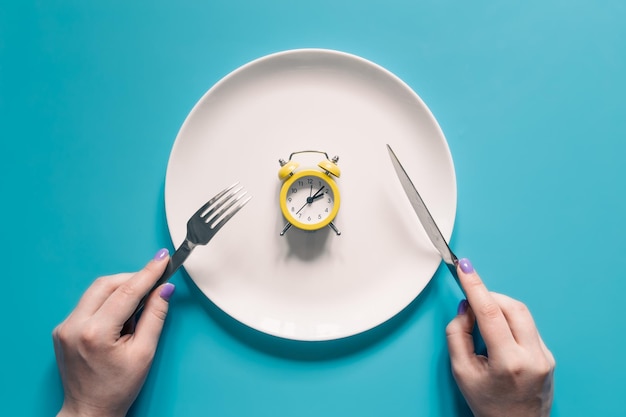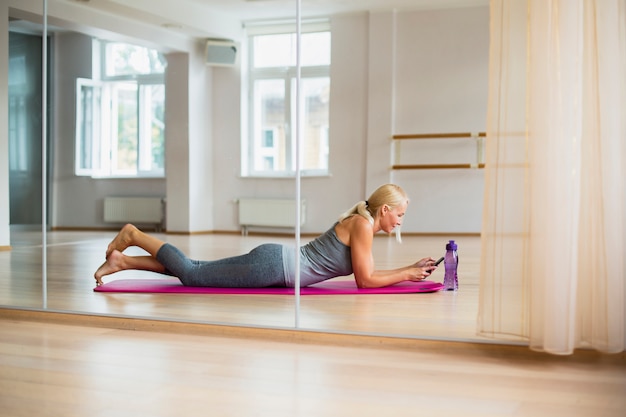Living with Polycystic Ovary Syndrome (PCOS) can make managing weight, energy, and overall health feel like an uphill battle. Hormonal imbalances, insulin resistance, and fatigue often make traditional fitness routines difficult to maintain—especially when time and equipment are limited. But what if you could boost your metabolism, improve insulin sensitivity, and reduce PCOS symptoms in just 18 minutes a day?
Enter circuit training: a time-efficient, adaptable, and science-backed approach to fitness that fits real-world schedules. This article will show you how to build and follow an 18-minute daily circuit routine specifically designed to support PCOS management—no gym, no fancy gear, just consistency and smart movement.
PCOS is often linked with insulin resistance, which increases the risk of type 2 diabetes and weight gain, particularly around the abdomen. Regular physical activity improves insulin sensitivity, helps regulate menstrual cycles, and supports hormonal balance. But not all workouts are created equal.
Circuit training combines strength, cardio, and flexibility in short bursts, keeping your heart rate elevated while building lean muscle. This dual action is especially beneficial for women with PCOS because:
And the best part? You don’t need hours or equipment. An 18-minute daily circuit can deliver real results.
This routine is designed for consistency, not intensity. The goal is to move daily, build momentum, and support metabolic health without burnout. Perform this circuit 5–6 days a week, ideally at the same time each day to regulate your body's rhythm.
The structure follows a 3-round format with 6 exercises, each performed for 40 seconds followed by 20 seconds of rest. That’s 6 minutes per round, totaling 18 minutes including brief transitions.
3 rounds of 6 exercises
40 seconds work / 20 seconds rest
20-second transition between exercises

| Day | Workout |
|---|---|
| Monday | Full 18-min circuit |
| Tuesday | Circuit + 5-min stretching |
| Wednesday | Circuit at higher intensity |
| Thursday | Active recovery (walking/yoga) |
| Friday | Full circuit |
| Saturday | Optional repeat or rest |
| Sunday | Rest or light movement |
Research shows that short, frequent bouts of exercise can be just as effective as longer sessions for improving metabolic health—especially when done consistently. For women with PCOS, adherence is often more important than intensity. An 18-minute routine is long enough to trigger beneficial physiological changes but short enough to fit into a lunch break, before work, or after dinner.
Studies also suggest that breaking activity into smaller chunks throughout the day can improve glucose control—a key factor in managing PCOS.
Managing PCOS doesn’t require extreme diets or grueling workouts. Small, sustainable habits—like an 18-minute daily circuit—can lead to meaningful improvements in insulin sensitivity, energy, mood, and hormonal balance. With no equipment and minimal time, this routine is built for real life.
Start today. Your body will thank you.

Wellness

Wellness

Wellness

Wellness

Health

Wellness

Wellness

Fitness

Wellness

Fitness

Wellness

Fitness

Health

Fitness

Health

Health